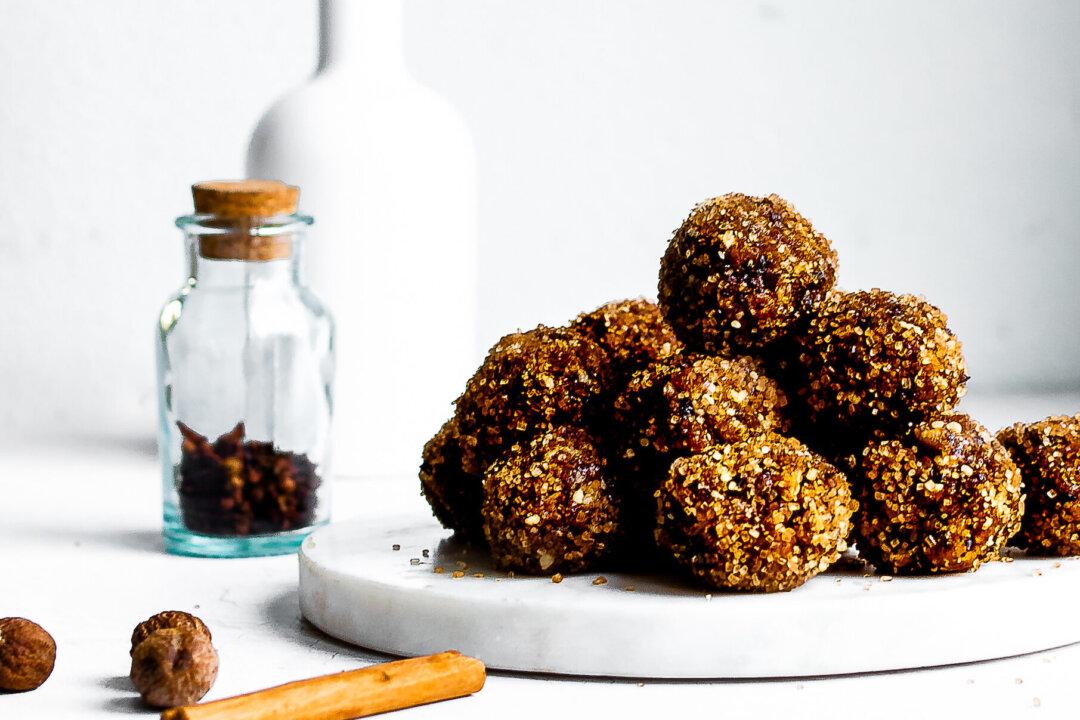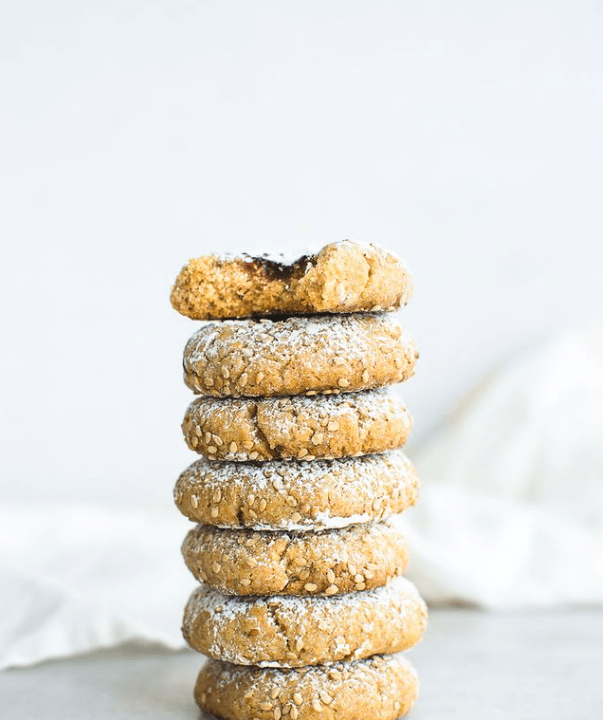As you nestle your children snug in their beds this Christmas Eve, perhaps it’s more likely that visions of tablets and smartphones will dance in their heads than sugarplums. Clement Clarke Moore’s iconic Christmas poem “A Visit from St. Nicholas,” in which the sweets appear, is nearly two centuries old, and sugarplum fairies may dance their way across countless stages this December in renditions of Tchaikovsky’s “The Nutcracker,” but most of us are left wondering exactly what a sugarplum is.
Sure, it’s clear they have something to do with Christmastime, but you’d be hard-pressed to pinpoint exactly what they are or precisely why they’re so intricately connected to yuletide festivities. It seems their meaning is lost with time. Instead, we’re left with vague ideas. Sugarplums are the stuff of winter dreams.





